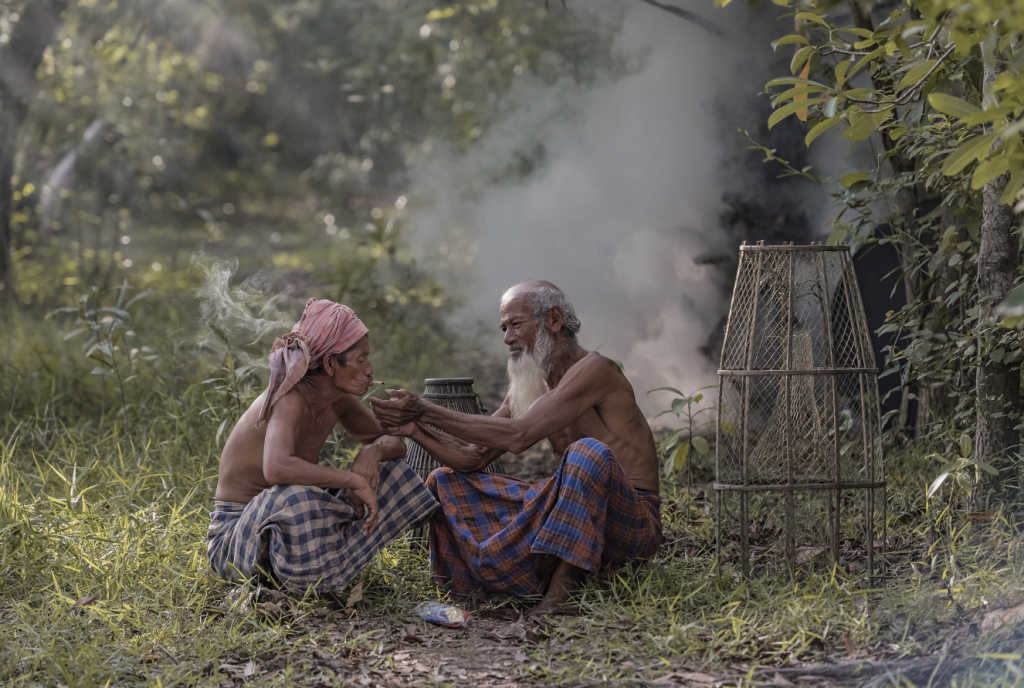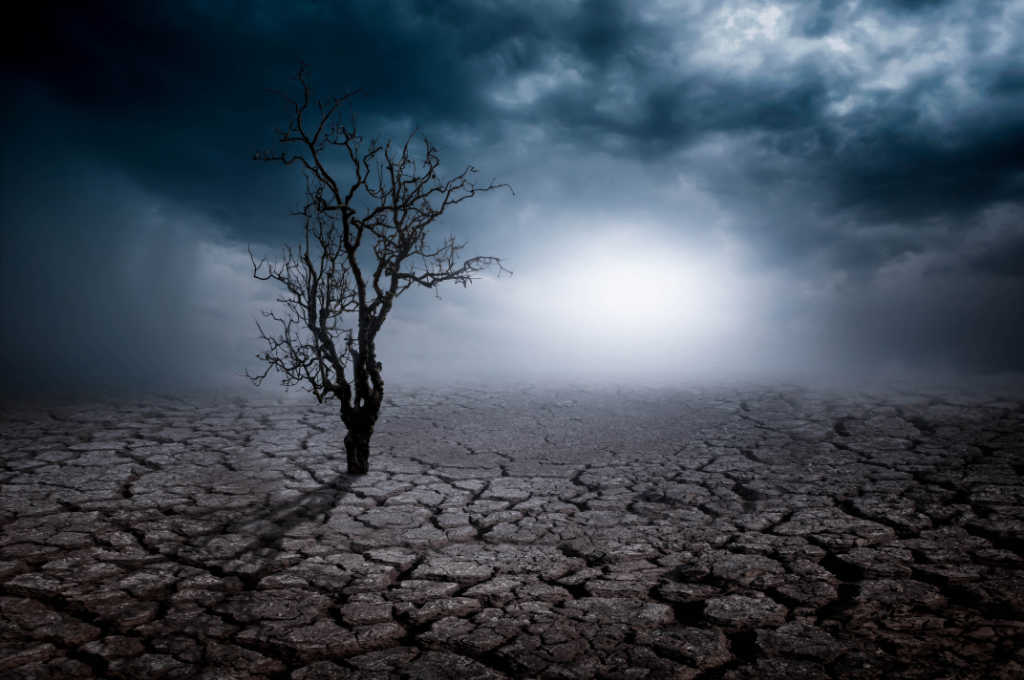In a recent paper, I wrote about the impact of climate change on agricultural production, young trees, and women’s livelihoods. Although these issues are largely abstract, climate change is already affecting the way farmers grow and harvest crops. These changes are resulting in extreme heat waves like the one we’ve just witnessed. But they also have the potential to significantly impact the lives of individuals.
Impacts on agriculture
In this paper, we consider how climate change is affecting agriculture worldwide. We will compare long-term average crop yields for different locations, focusing on wheat, rice, and soybeans. The effects of climate change on yields are not necessarily consistent across all regions, but they are noticeable. While climate change is not yet a clear cause of decreased agricultural production, some impacts of the change are discernible. These include lower yields for crops like maize, wheat, and soybeans.
According to the Food and Agriculture Organization, if current GHG emissions continue, there will be substantial climate change by the year 2100. In other words, crop yields will decline by 20 to 45 percent by that year. In addition, crop losses will increase at an unprecedented rate. These changes will inevitably increase food prices, and have a negative impact on human health and well-being. Ultimately, the consequences of climate change will be difficult to predict, but they are already underway.
Impacts on livelihoods
The impact of climate change on rural women’s livelihood is widely recognized. In this study, the impact of climate change on rural women’s livelihood was assessed in Ilorin South Local Government Area, Kwara State, Nigeria. The results revealed that rural women are vulnerable to climate change disasters due to a lack of basic infrastructure, low capital base, crude farming methods, and poor education. In spite of this vulnerability, these women are resilient and adaptive to the impacts of climate change.

In addition to the impacts on rural livelihoods, these changes will also increase physical vulnerability, as climatic events will become more frequent and severe. This will decrease the asset base, which is critical to coping with sub-optimal weather years. It may also result in a rising number of food-insecure households and families with unsustainable livelihoods. Further, climate change will increase the vulnerability of individuals and families to minor shocks, resulting in decreased productivity and higher costs.
Impacts on women
The UK heat wave has been accompanied by concerns about gender inequality. Women and men, however, are at the highest risk of being affected by extreme heat. Age and social factors may contribute to the increased risk of death from extreme heat. Moreover, the elderly are particularly vulnerable to extreme heat, and the risk is greater for them than it is for the general population. Although these concerns have been raised, it is unclear whether gender inequality has a direct impact on mortality from heat.

The impact of extreme weather on women varies greatly in different countries. For example, in Bangladesh, women were less likely than men to seek medical help following a flood. They also face cultural norms that prevent them from leaving the house without a male chaperone. A 2016 study of 85 low and middle-income countries found that women are more at risk of dying due to extreme weather events in countries with lower socioeconomic status. However, even high-income countries are at risk.
Impacts on young trees
New research suggests that climate change is already having an effect on trees, causing them to live fast and die young. The study, led by Roel Brienen of Leeds University, compared the age of 110 species of trees. Trees that grow too fast may be less able to store carbon. The researchers studied the age of the trees from the past and looked for patterns. In addition to their age, the scientists also looked at their tree-ring measurements.
While young trees were less sensitive to climate variation, old trees showed varying effects. In high-elevation sites, the warming temperatures stimulated the growth of P. leucodermis trees. The earlier spring onset may have also helped young P. leucodermis trees. However, younger trees of deciduous hardwood species were not as responsive to climate warming. However, they also differed in terms of bursting onset, which depends on temperature and photoperiod.

Impacts on young people
In a new survey, the Business, Energy and Industrial Strategy (BEIS) commissioned by the government, we asked over 4,000 adults about their concerns about climate change and the effects it will have on their lifestyle. Overall, three-quarters of people are both very worried and unworried about the effects of climate change. However, young adults are much less worried than adults. A majority of young people are not concerned and only 4% of adults are completely unworried about climate change.
The survey’s results were startling: most respondents felt that governments were failing young people, were ignoring the impacts of climate change, and were ignoring their distress. In fact, 64% of young people said that governments were lying to them, dismissing the feelings of distress and disillusionment among young people. In contrast, only 36% said that governments were acting according to science. This is a worrying sign for the future of young people.




